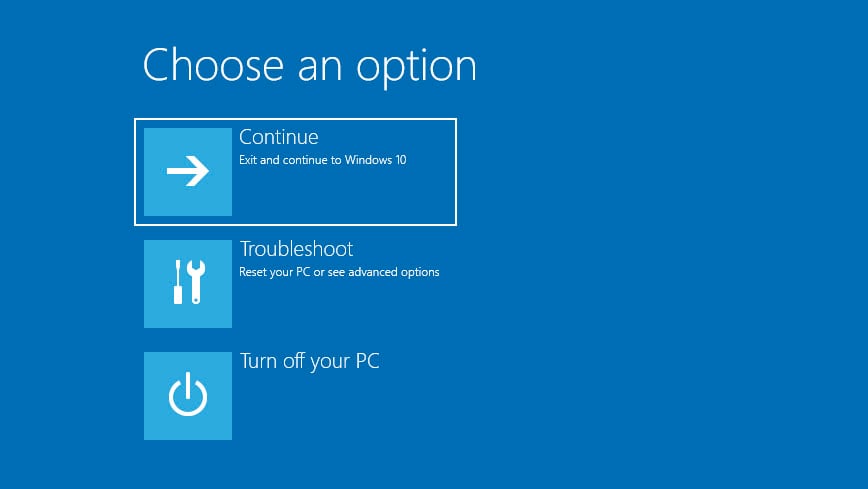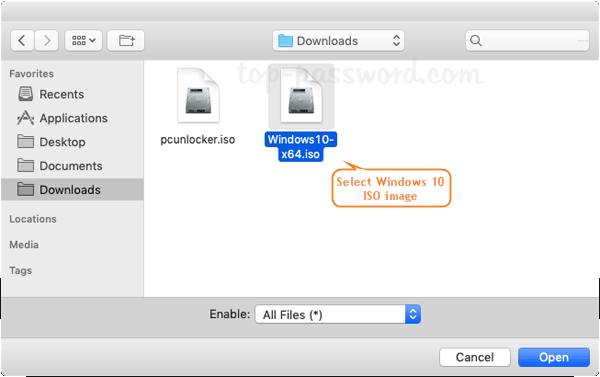To boot Surface Book from a USB drive, insert a bootable USB drive to the Surface Book Base’s USB port. On the tablet, press and hold the volume down button, while holding, press and release the power button. When the Surface logo appears, release the volume down button. Read on for a more in-depth guide on how to boot your Surface Book from. Next you'll need a USB drive. Microsoft recommends up to 16 GB worth, but 8 GB should be enough for the Surface Go. You can pick up cheap USB-C drives on Amazon.Plug the USB drive into your PC. Finally, start the process and this software will automatically format and create a bootable USB flash drive. Microsoft Surface Pro 3 Boot from USB using Unetbootin. UNetbootin enables you to create a bootable USB drive for the Live operating system for Ubuntu and other Linux distributions.
- Create A Usb Recovery Drive For Microsoft Surface Using Osx X
- Create A Usb Recovery Drive For Microsoft Surface Using Osx Download
 -->
-->Then tap Create a Recovery Drive when the Recovery window appears. The program walks you through inserting a USB flash drive of 4GB or larger into the Surface RT’s lone USB port. After formatting the USB flash drive, the program copies the Surface’s recovery partition to the flash drive, creating a Recovery Drive.
The Windows Assessment and Deployment Kit (ADK) deployment tools and ADK WinPE Add ons, include command-line utilities that make it easy to create bootable WinPE media:
- CopyPE creates a working set of WinPE files
- MakeWinPEMedia uses the working set of files to create bootable WinPE media. MakeWinPEMedia can create bootable WinPE USB drives, virtual hard disks, or ISOs that allow you to boot a VM or burn to a DVD or CD.
Note
If you're using the ADK for Windows 10, version 1803 or earlier, Windows PE is included in the ADK when you choose the Windows Preinstallation environment option during setup and doesn't require a separate addon.

Step 1: Create working files
No matter what type of media you're going to create, the first thing to do is create a working set of WinPE files on your technician PC.

Make sure your PC has the ADK and ADK WinPE add-on installed.
Start the Deployment and Imaging Tools Environment as an administrator.
Run copype to create a working copy of the Windows PE files. For more information about copype, see Copype command line options.
Step 2: Customize WinPE (Usually not needed)
Note, when you add more packages to WinPE, it slows WinPE performance and boot time. Only add additional packages when necessary.
Common customizations
Add an update. If you're going to be capturing an FFU at the end of the lab, apply KB4048955 to your WinPE image. To learn more, see: WinPE: mount and customize.
Add a video or network driver. (WinPE includes generic video and network drivers, but in some cases, additional drivers are needed to show the screen or connect to the network.). To learn more, see WinPE: Add drivers.
Add PowerShell scripting support. To learn more, see WinPE: Adding Windows PowerShell support to Windows PE. PowerShell scripts are not included in this lab.
Set the power scheme to high-performance. Speeds deployment. Note, our sample deployment scripts already set this scheme automatically. See WinPE: Mount and Customize: High Performance.
Optimize WinPE: Recommended for devices with limited RAM and storage (for example, 1GB RAM/16GB storage). After you add drivers or other customizations to Windows PE, see WinPE: Optimize and shrink the image to help reduce the boot time.
Step 3: Create bootable media
Now that you now have a set of working files, you can use MakeWinPEMedia to build bootable WinPE media.
Create a bootable WinPE USB drive
Attach a USB drive to your technician PC.
Start the Deployment and Imaging Tools Environment as an administrator.
OptionalYou can format your USB key prior to running MakeWinPEMedia. MakeWinPEMedia will format your WinPE drive as FAT32. If you want to be able to store files larger than 4GB on your WinPE USB drive, you can create a multipartition USB drive that has an additional partition formatted as NTFS. See Create a multipartition USB drive for instructions.
Use MakeWinPEMedia with the
/UFDoption to format and install Windows PE to the USB flash drive, specifying the USB key's drive letter:See MakeWinPEMedia command line options for all available options.
The bootable WinPE USB drive is ready. You can use it to boot a PC into WinPE.
Create a WinPE ISO, DVD, or CD
Use MakeWinPEMedia with the
/ISOoption to create an ISO file containing the Windows PE files:Optional Burn a DVD or CD: In Windows Explorer, right-click the ISO file, and select Burn disc image > Burn, and follow the prompts.
Create a WinPE VHD to use with Hyper-V

You can create a bootable VHD to use with Hyper-V.
Tip
When running Windows PE in Hyper-V, consider using an ISO file format instead of a VHD to enable faster setup of the virtual PC.
Create A Usb Recovery Drive For Microsoft Surface Using Osx X

To install Windows PE to a VHD:
Create a virtual hard drive (.vhdx):
Prepare the drive by using MakeWinPEMedia:
Detach the drive:
Troubleshooting
If Windows PE doesn't appear, try the following workarounds, rebooting the PC each time:
To boot a PC that supports UEFI mode: In the firmware boot menus, try manually selecting the boot files: EFIBOOTBOOTX64.EFI.
If your PC requires storage or video drivers to boot, try adding those same drivers to the Windows PE image. For more information, see WinPE: Mount and Customize.
If the PC doesn't connect to network locations, see WinPE Network Drivers: Initializing and adding drivers.